Perk Up with 6 Tasteful Malaysian Drinks
Lighten your mood and rejuvenate your senses with 6 must-try Malaysian drinks!
Discover the authentic in Asian cuisine food
Around the World, Asian Pantry
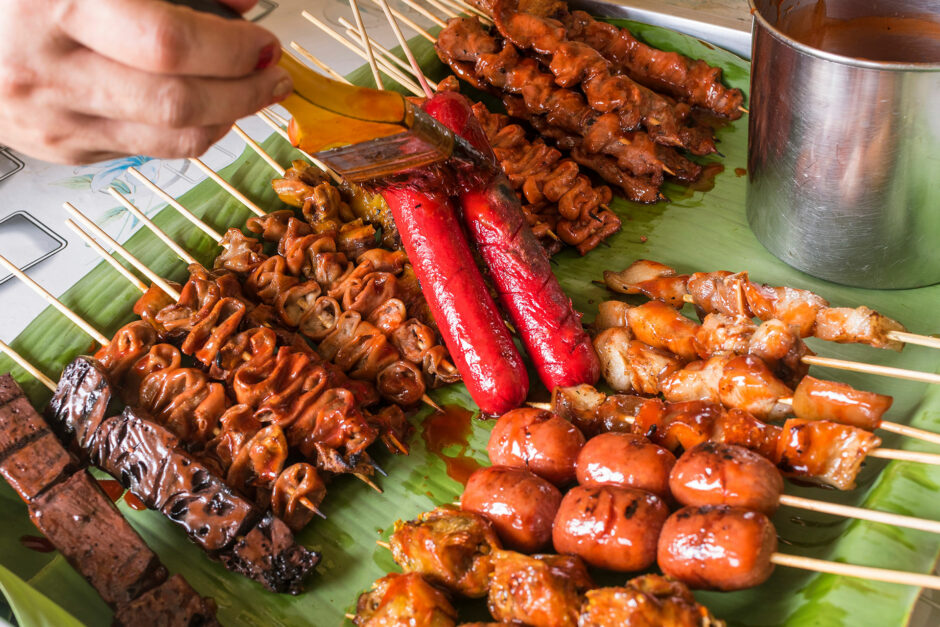
Snacks are an integral part of Filipino food culture. In fact, you can have up to 7 meals a day, as any time between breakfast, lunch or dinner is a great time to take a break and have an energising treat to uplift your spirits.
That is the essence of Merienda or snack time. A tradition influenced by the legacy of Spanish colonials, which Filipinos have expanded to an incredible array of comforting, invigorating and delightful flavours – meant to bring people together and share the joys of life with friends and loved ones.
Filipino Merienda dishes can range from the sweet to the savoury, and features a dazzling selection of pastries, desserts, stir-fries, deep-fries and even barbecued treats, typically paired with a warm beverage or cold drink. In Filipino households, leftovers are often made into snacks as well, such as meaty fillings for sandwiches, and nearly overripe fruits turned into dessert toppings, pastry flavouring, or battered up to make fried munchies.
Here are some signature specials:
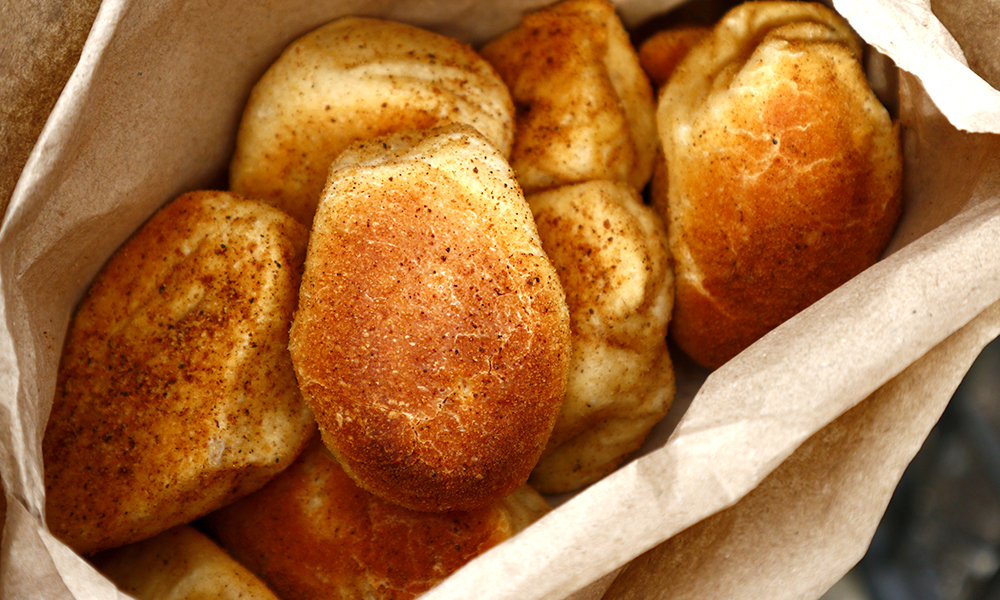
Pan de Sal is Filipino bread made from a dough of flour, yeast, salt and sugar. The dough is rolled into long sticks, then cut into portions, let the yeast leaven, and baked into loaves. Although the name and origin are Spanish for ‘salt bread’, Filipino Pan de Sal actually has a mild sweet flavour instead of salty, and fluffier than its Spanish counterpart. Made fresh daily across the Philippines. Sold at local bakeries, supermarkets, and served at diners as a traditional Filipino breakfast and Merienda staple. Enjoyed on its own, with butter, jam or other spreads, dipped in hot chocolate, milk or coffee, and used to make sandwiches with all kinds of savoury and meaty fillings. There’s also a unique version of Pan de Sal that features a filling of sweet Filipino Ube purple yam with cheese!
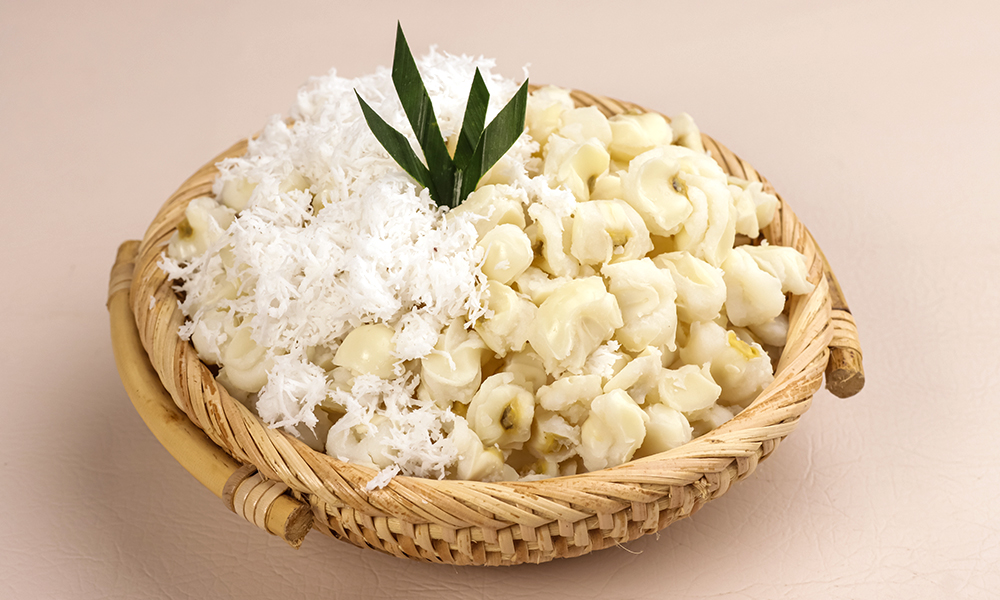
The Philippines have their own unique cultivar of corn called Langkitan that is commonly used to make the traditional Binatog dessert. The Langkitan corn is first dried and soaked in saltwater to puff up the kernels. Then the kernels are trimmed off the cob, and boiled to soften them. Placed into a cup and topped with shredded coconut, buttered up and flavoured with sugar or salt. A popular street food snack, especially in the northern Philippines.
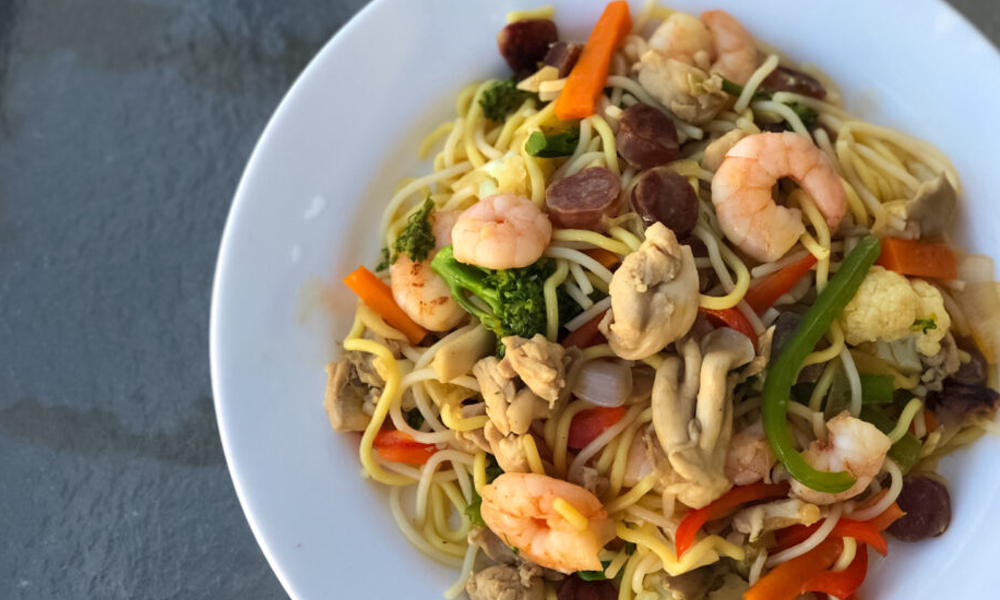
Filipino stir-fried noodle dishes are collectively called Pancit, and are beloved Merienda snacks. Introduced by early Chinese immigrants, the name actually derives from the Hokkien term for ‘convenient food’, along with the stir-fry technique that has long been incorporated into Filipino cooking. Pancit can range from egg noodles to vermicelli made of rice, mung bean or wheat. The noodles are typically stir-fried with garlic, onions, assorted veggies, or mushrooms, with meat slices and bite-sized seafood like squid, prawns, fish-balls, clams, and crabsticks. Pancit is always enjoyed with a squeeze of calamansi lime juice to add a citrusy zest to the savoury flavours.
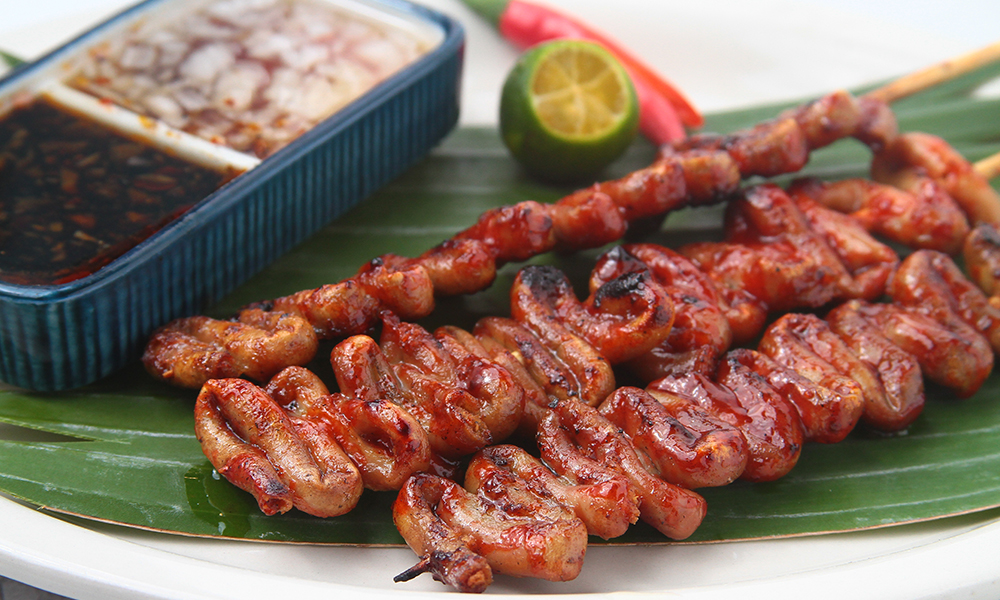
Similar to other Asian cultures, some innards of certain animals are made into delicacies in Filipino cuisine as well. The Isaw is one such specialty – pig or chicken intestines, skewered and grilled into a street food fave. The intestines are thoroughly rinsed and cleaned multiple times before cooking. Some vendors may also add orange food colouring to make them more appealing. Grilled Isaw has a chewy, soft bite and savoury, smoky taste. Typically enjoyed as an afternoon Merienda street snack, often served with a vinegar-flavoured dipping sauce mixed with local herbs and spices.
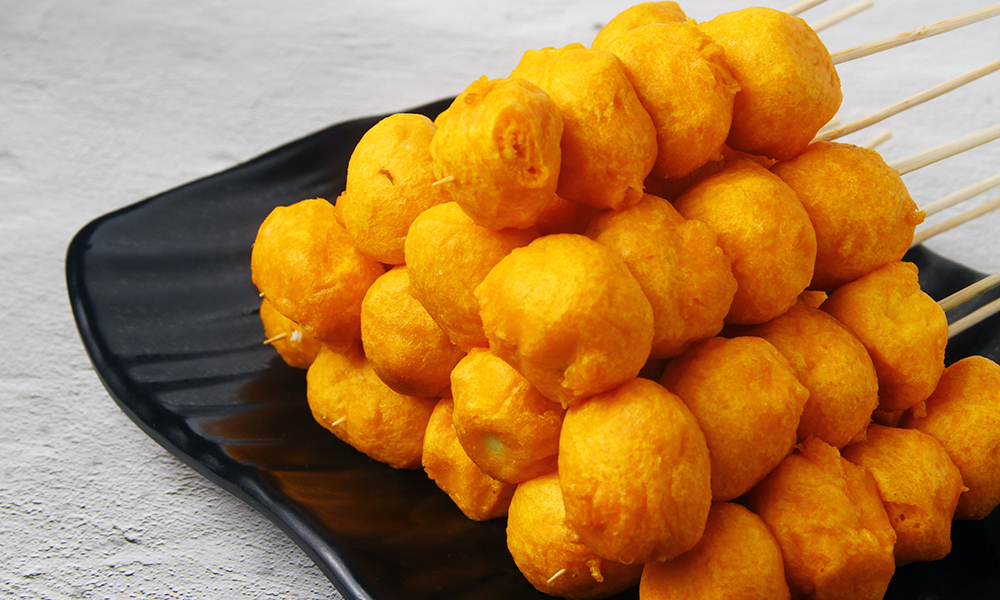
Another street food Merienda favourite is the Kwek Kwek, deep-fried quail eggs. The eggs are first battered with a mix of flour, annatto powder, salt, pepper, and orange food colouring, then deep fried in sizzling hot oil. Crispy outside, soft and bouncy within. The fried eggs are traditionally skewered on bamboo sticks for easy sauce dipping, and there are two common Kwek Kwek dip sauces – a spicy, tangy mix of vinegar, ketchup and chilli. Or a thick sweet-sour, and savoury blend of soy sauce, garlic, shallots, flour, and cornstarch with brown sugar, pepper and salt.
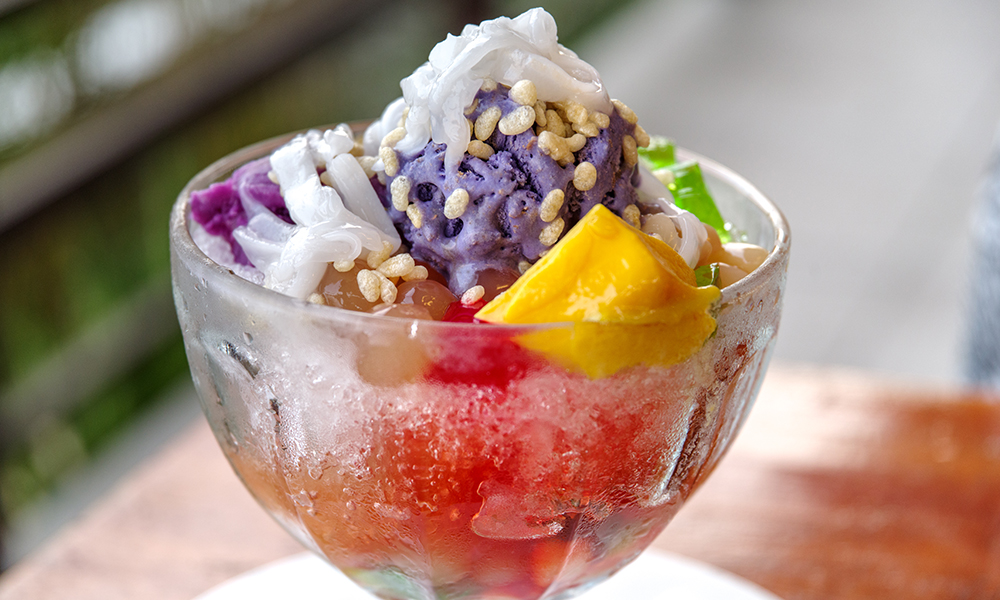
The Philippines enjoys warm, tropical weather year-round, which makes cooling desserts especially popular. Halo-halo is their signature shaved ice treat. Believed to have been inspired by the Japanese Kakigori, the Halo-halo is packed with sago pearls, Ube yam, pinipig rice, local fruits like mango, flan and evaporated milk, then topped with a scoop of ice cream. Layers of creamy, cool sweetness in every spoonful, typically served at cafés, food courts and dessert stalls.
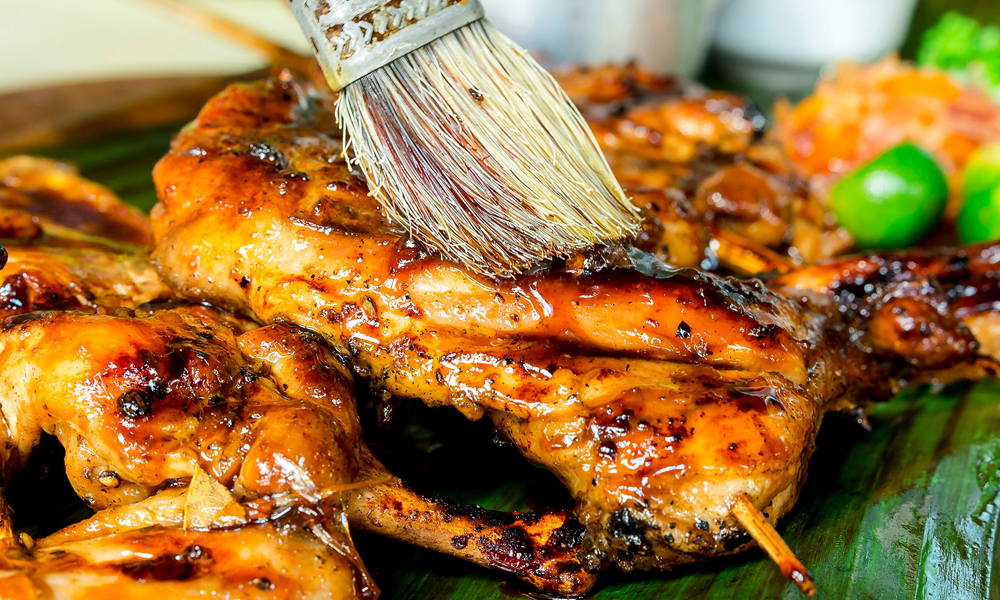
Filipino cuisine is filled with delicious goodies and a love for sumptuous meaty delights. Come discover more Filipino specialities in our introductory feature to this fascinating food culture that sets itself apart from other Southeast Asian cuisines! Also, check out the pantry staples and our recipe collection to make your own Filipino treats!

Lighten your mood and rejuvenate your senses with 6 must-try Malaysian drinks!
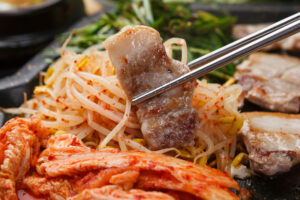
Pair your hearty barbecues with these refreshing Asian delights!
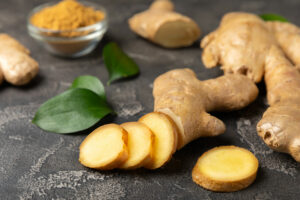
What are the properties of ginger, and how to pick, store and use ginger in your cooking? Find out here!